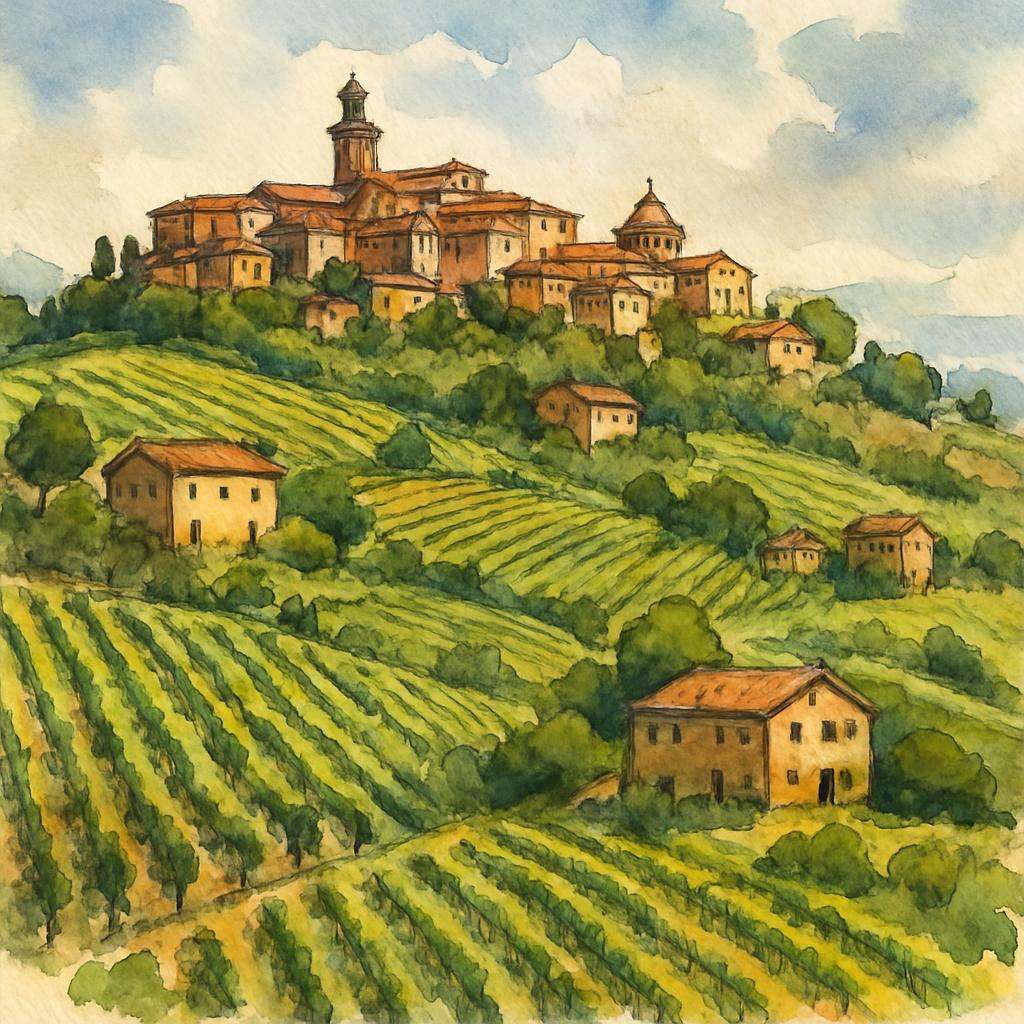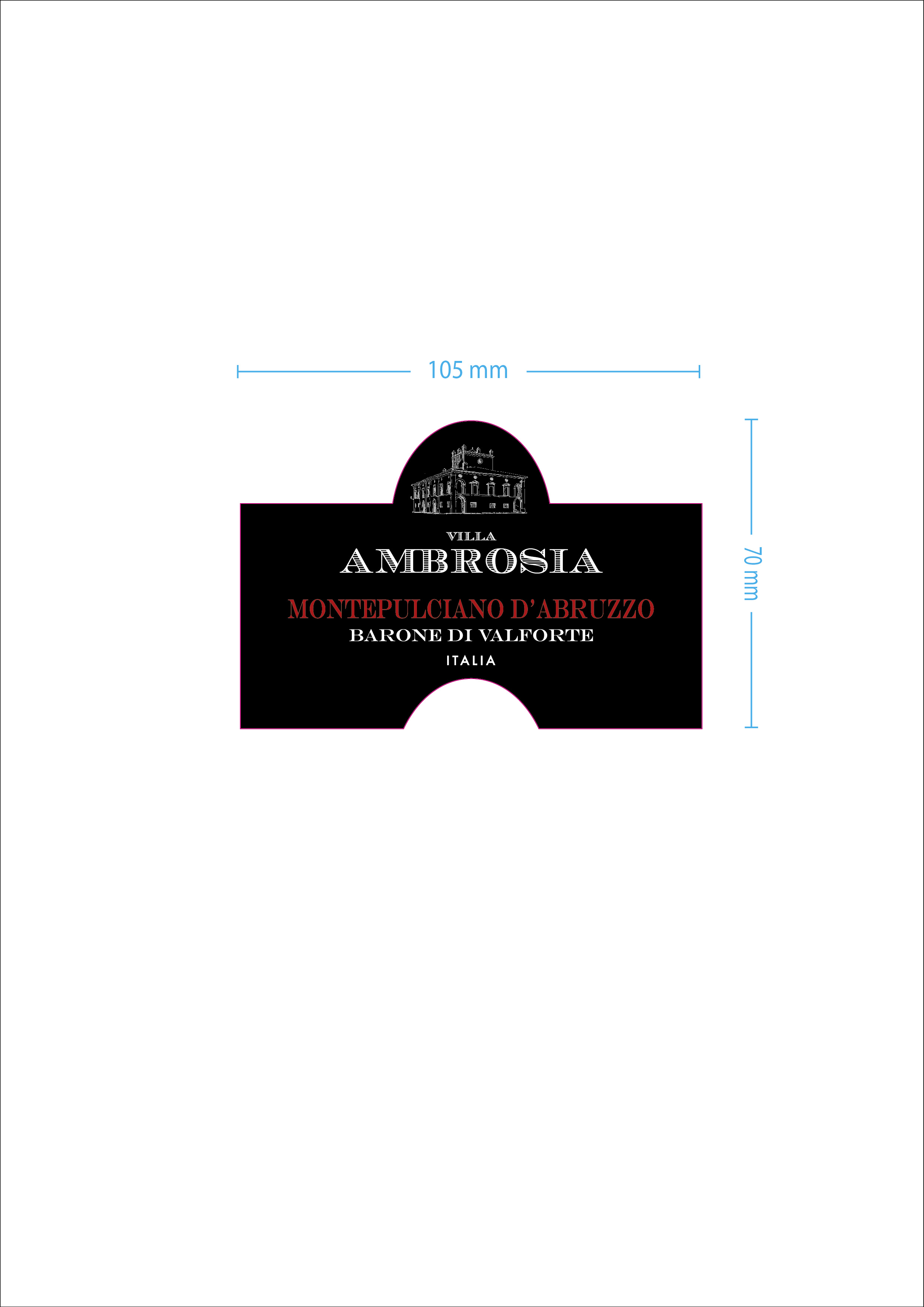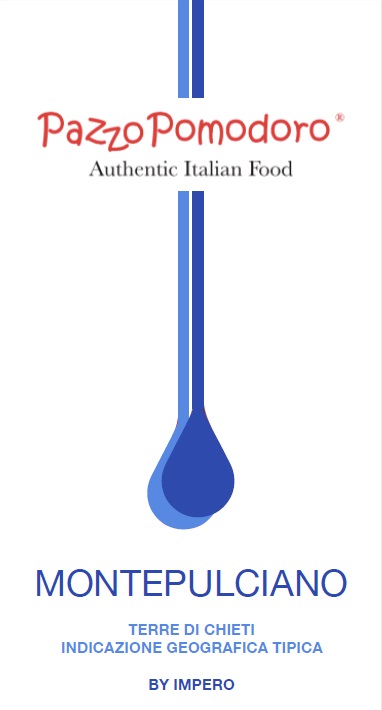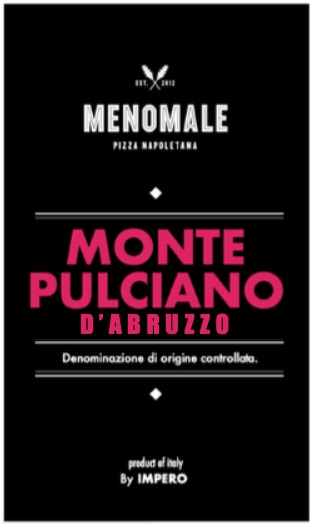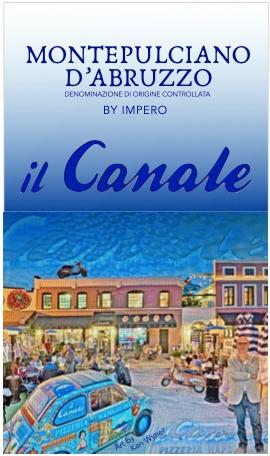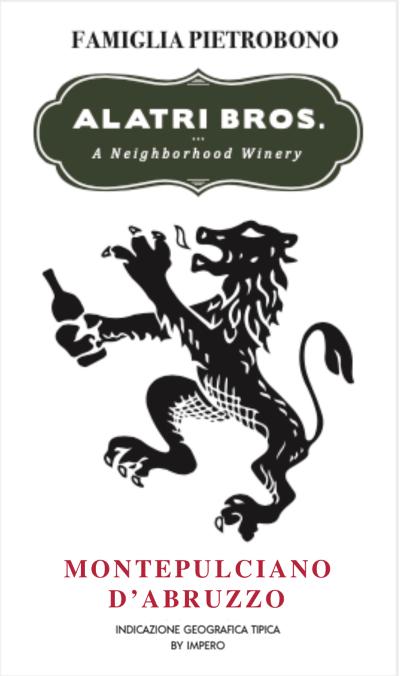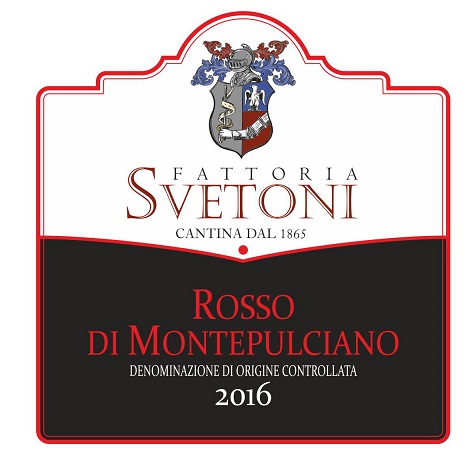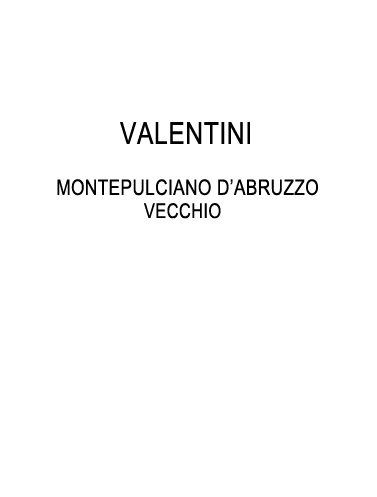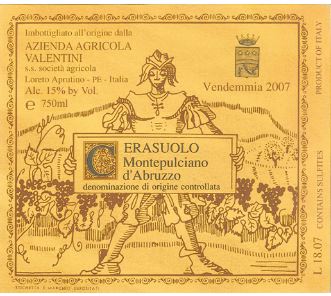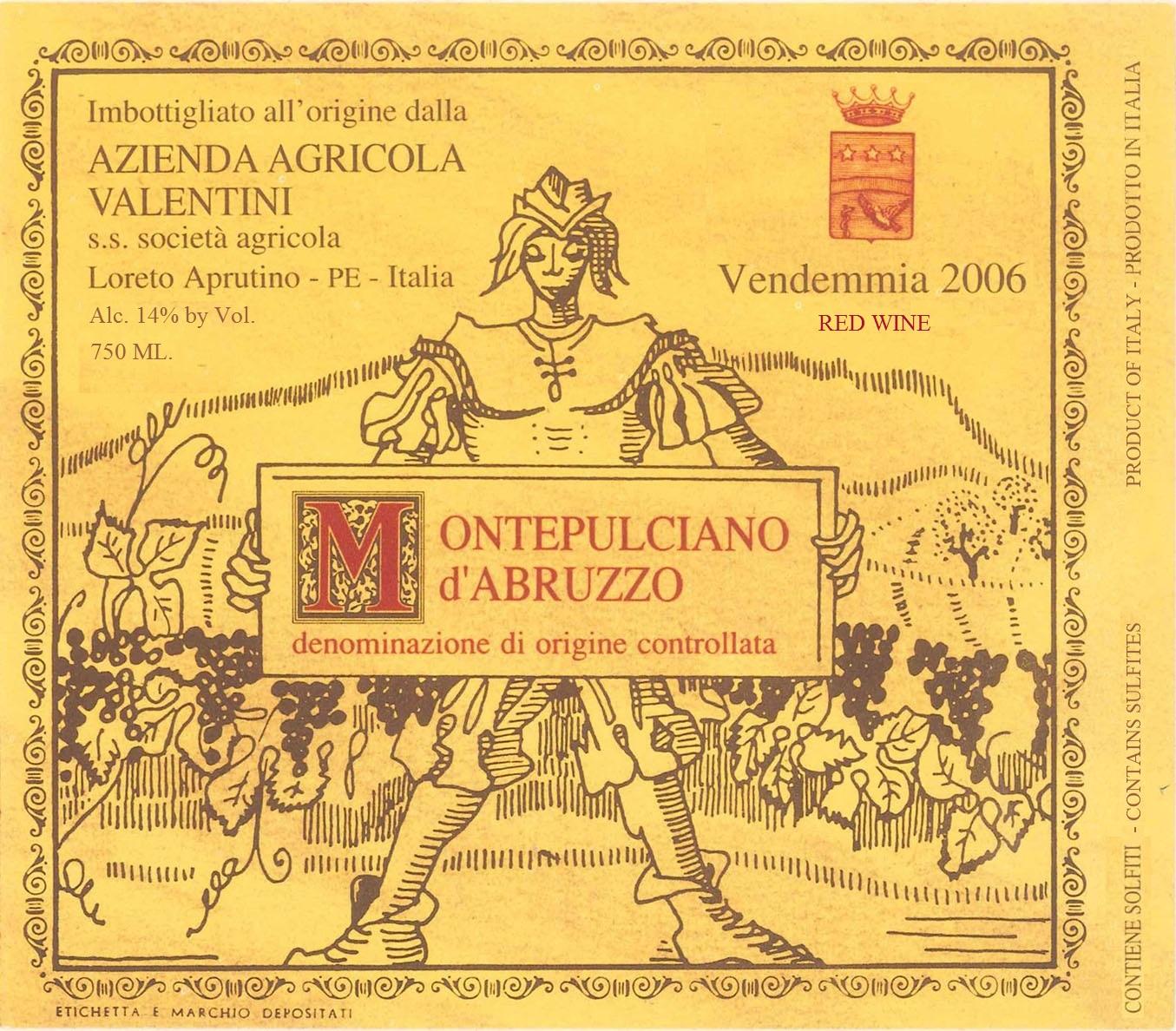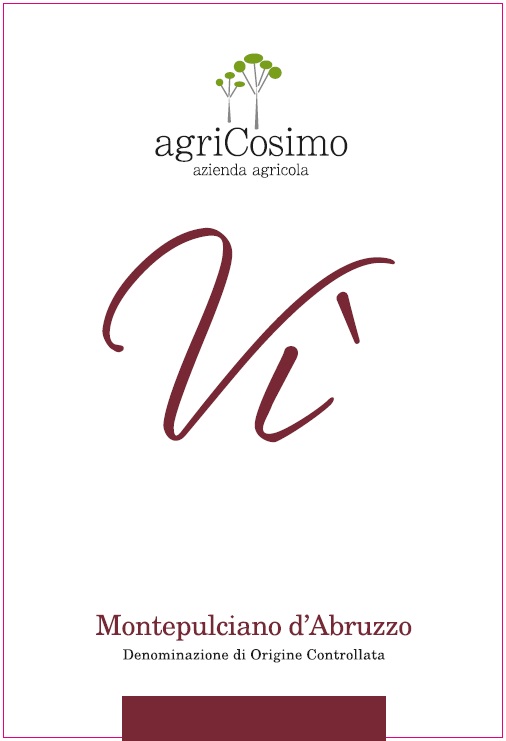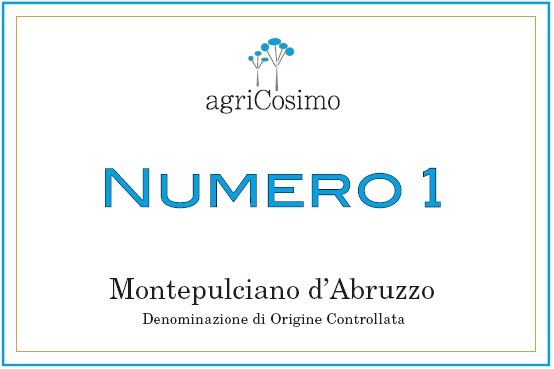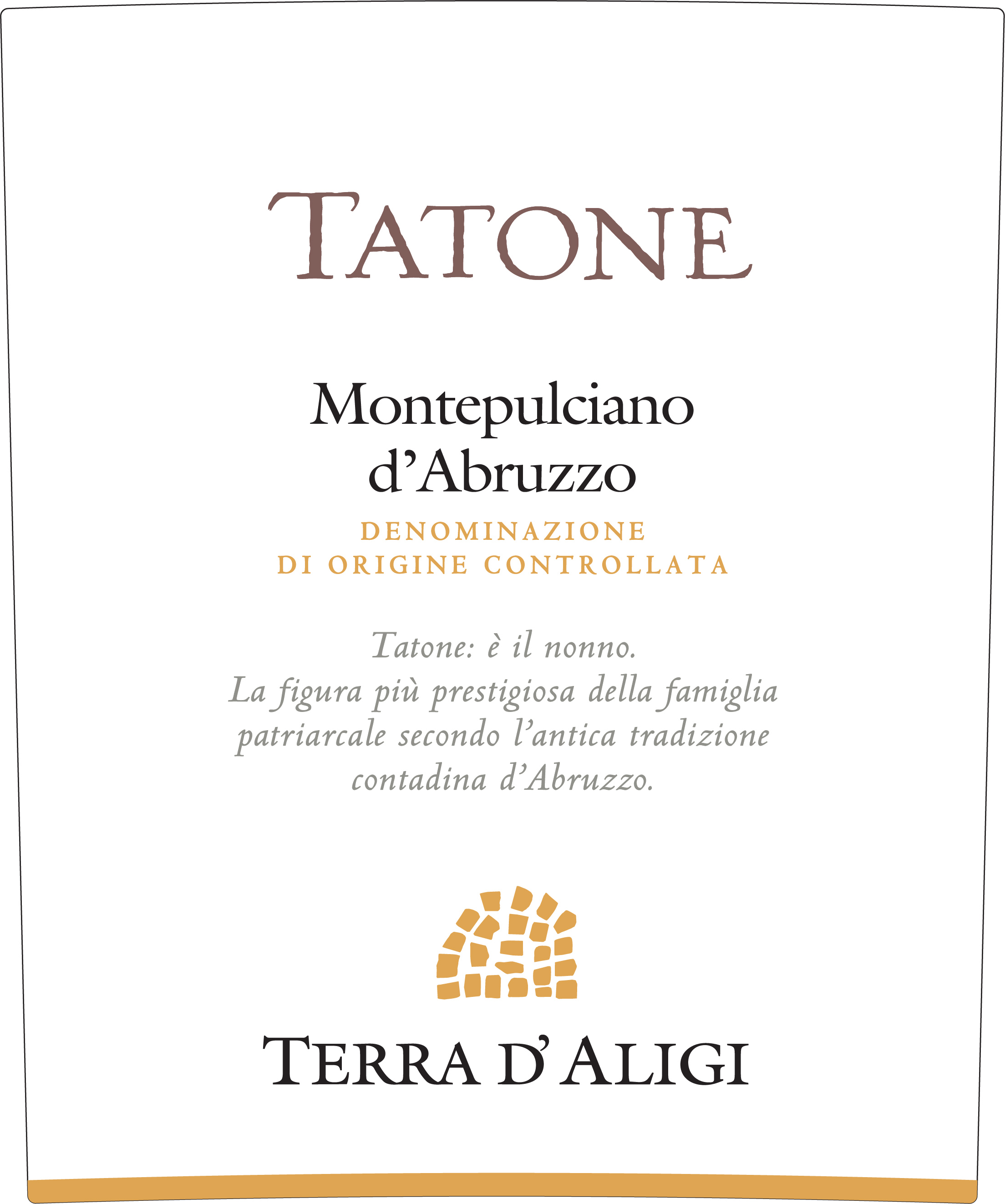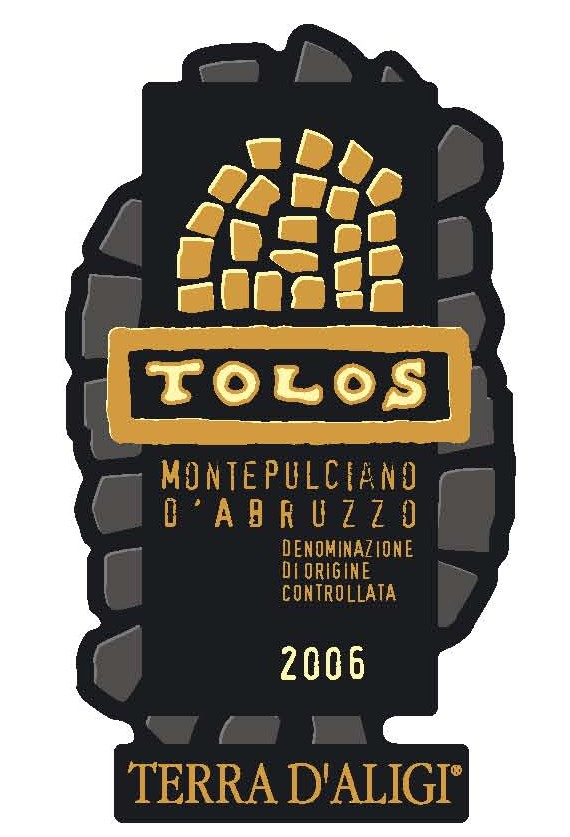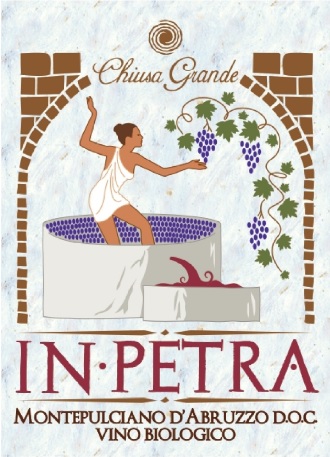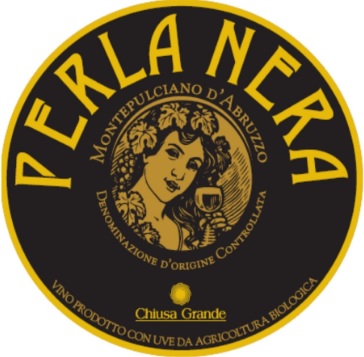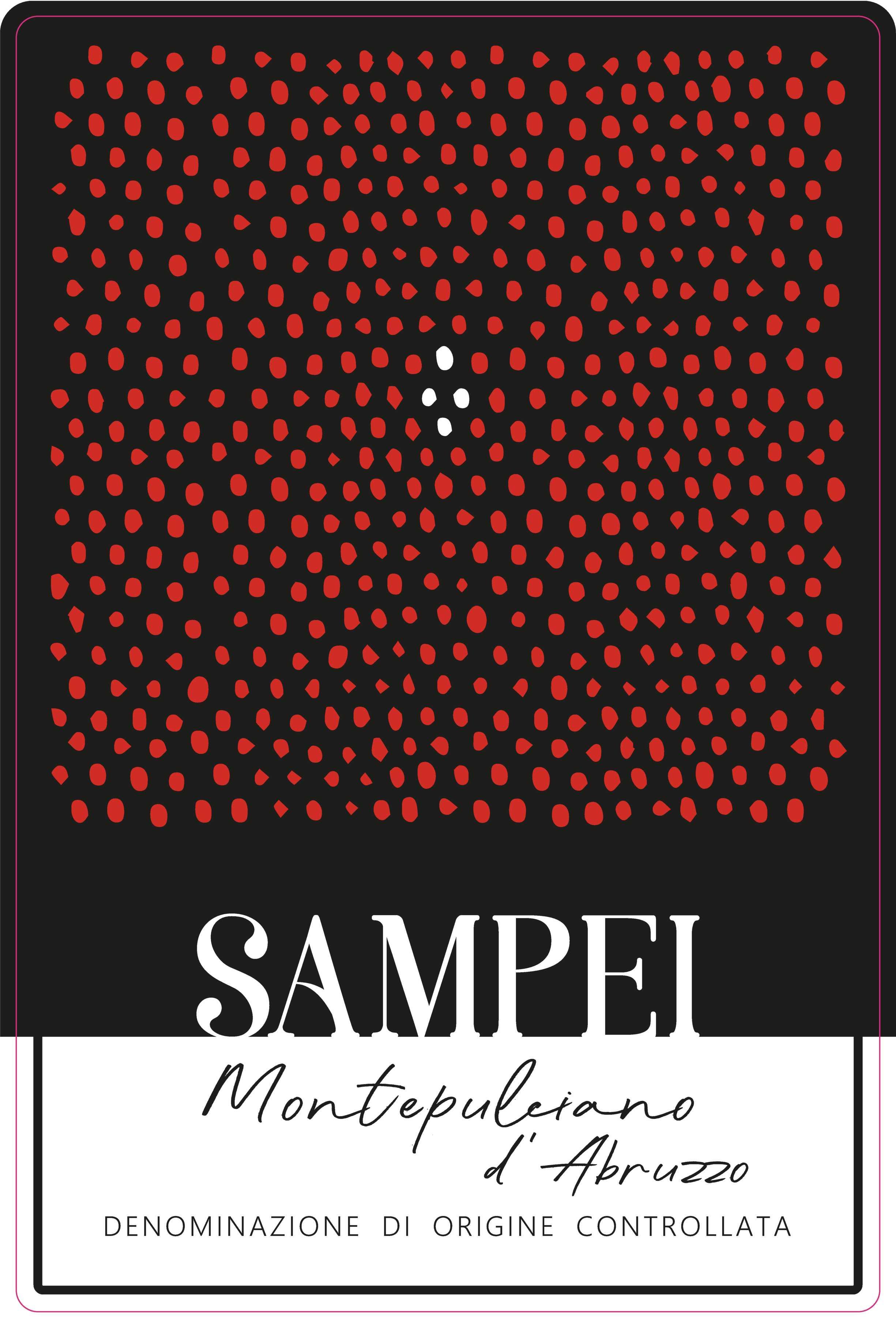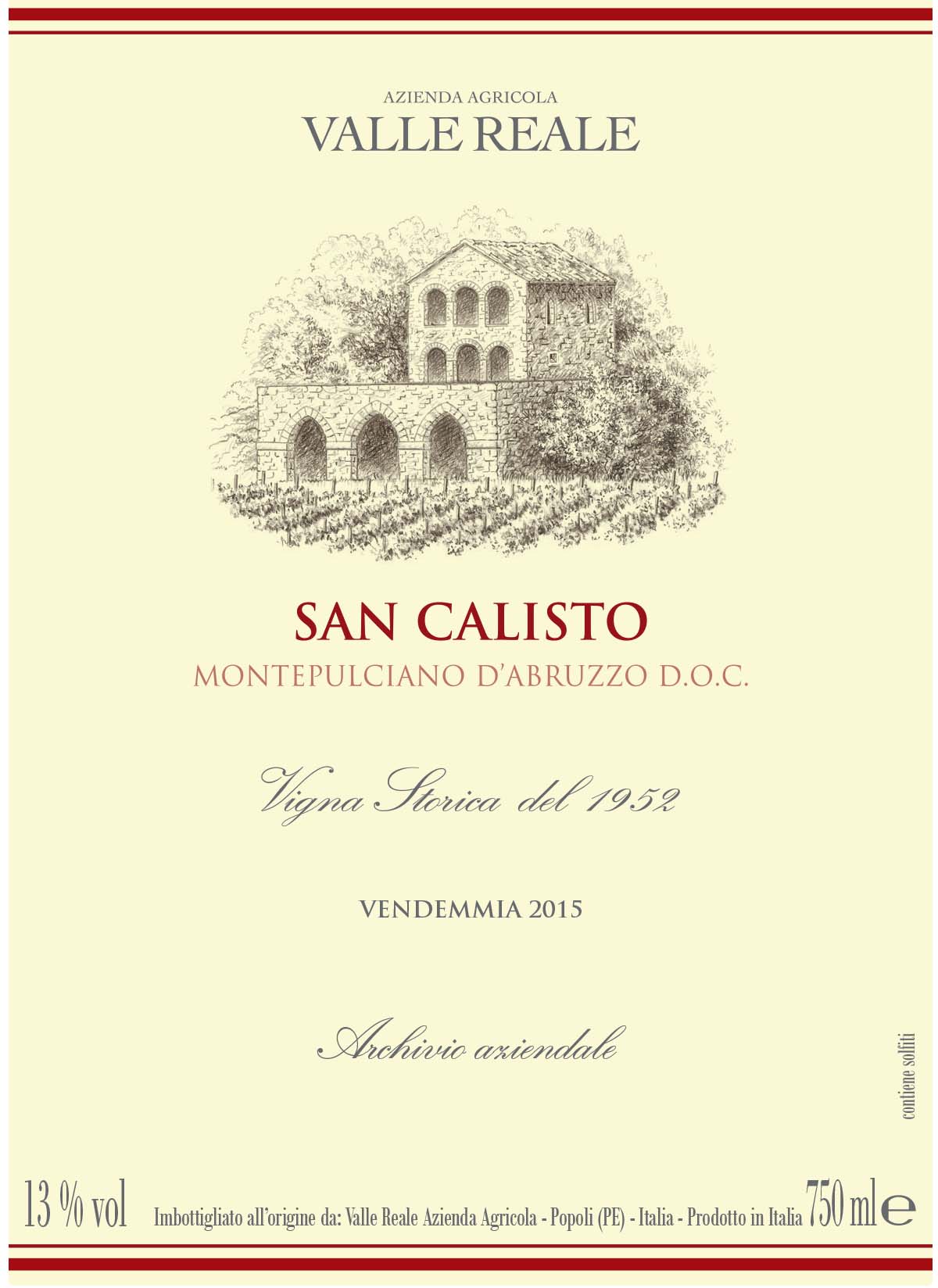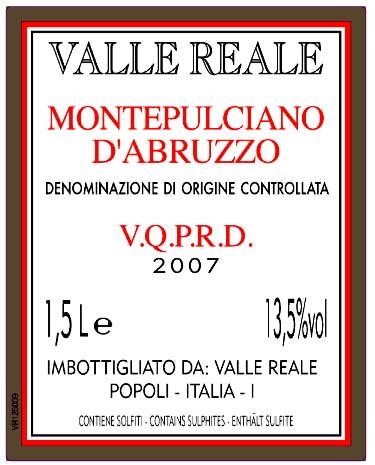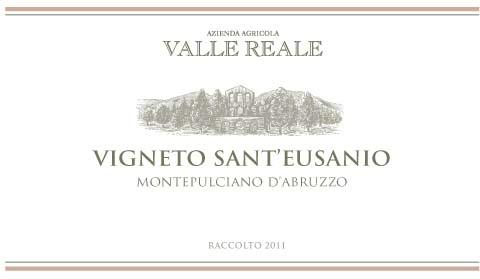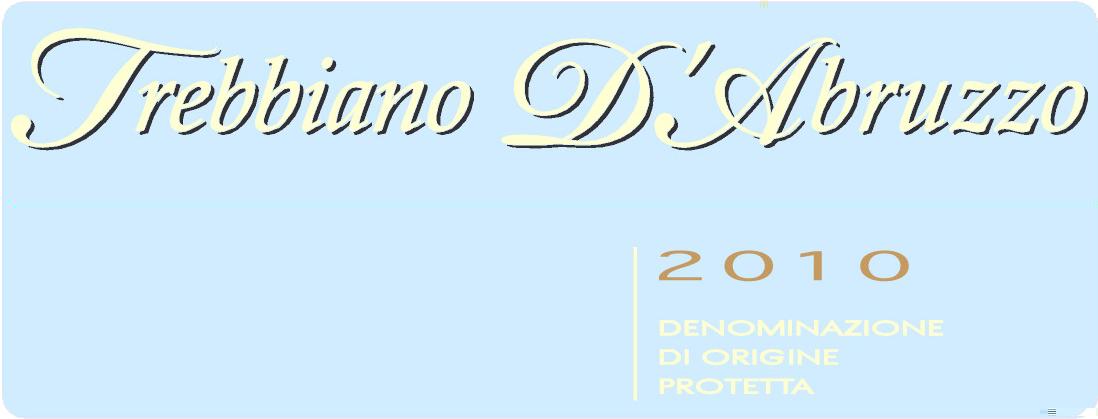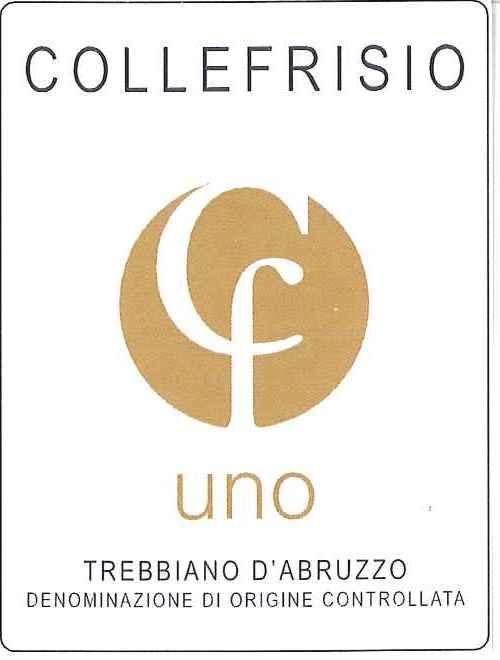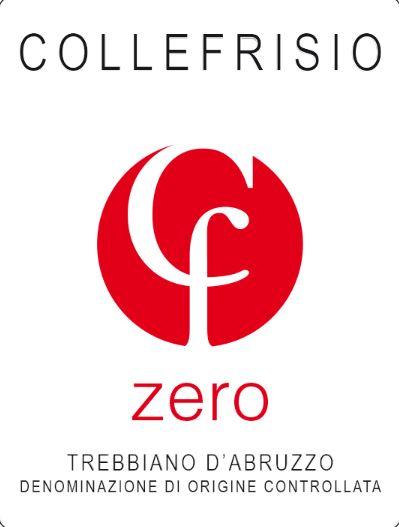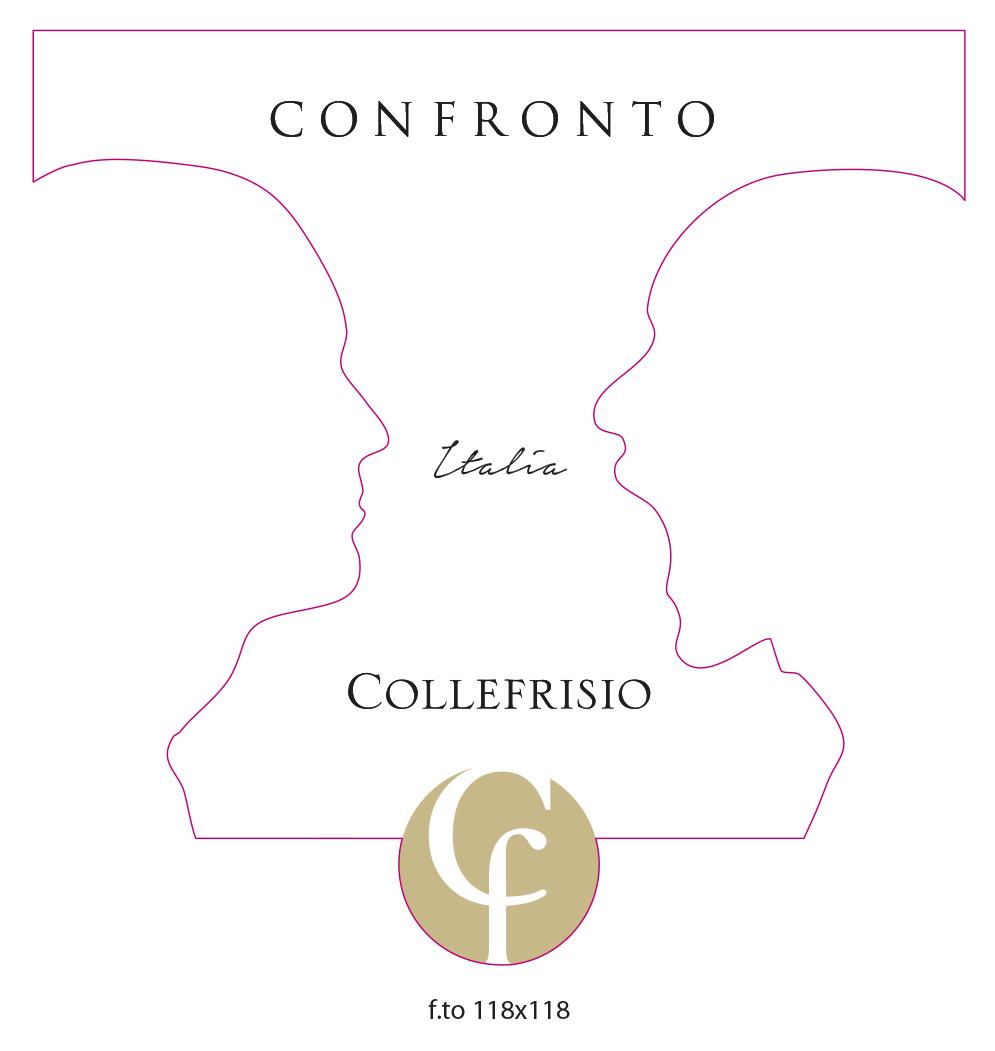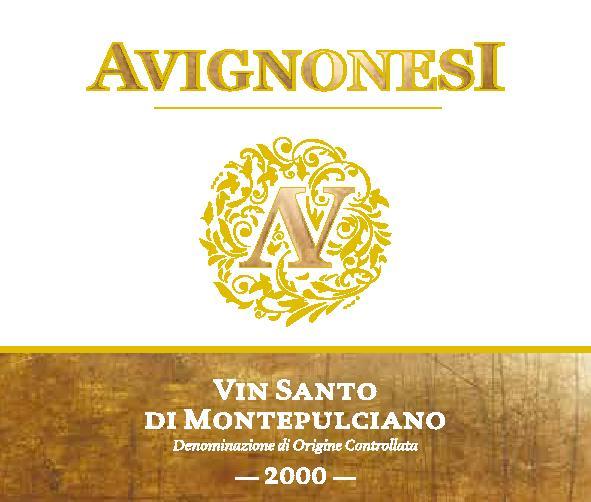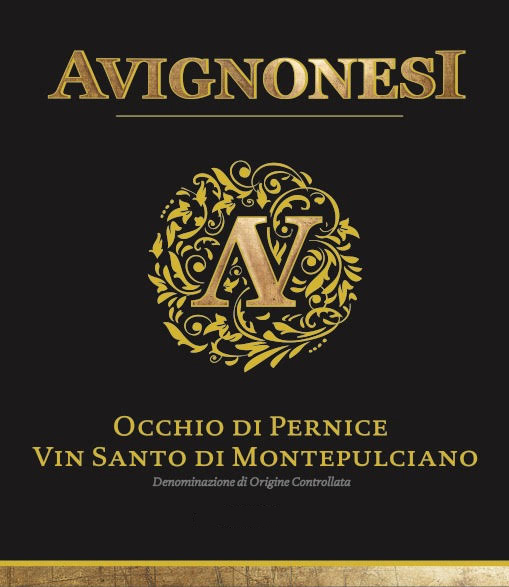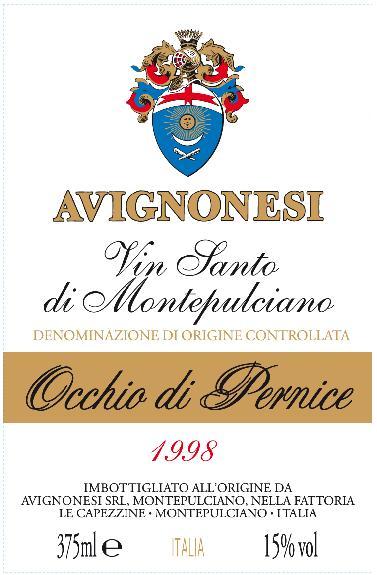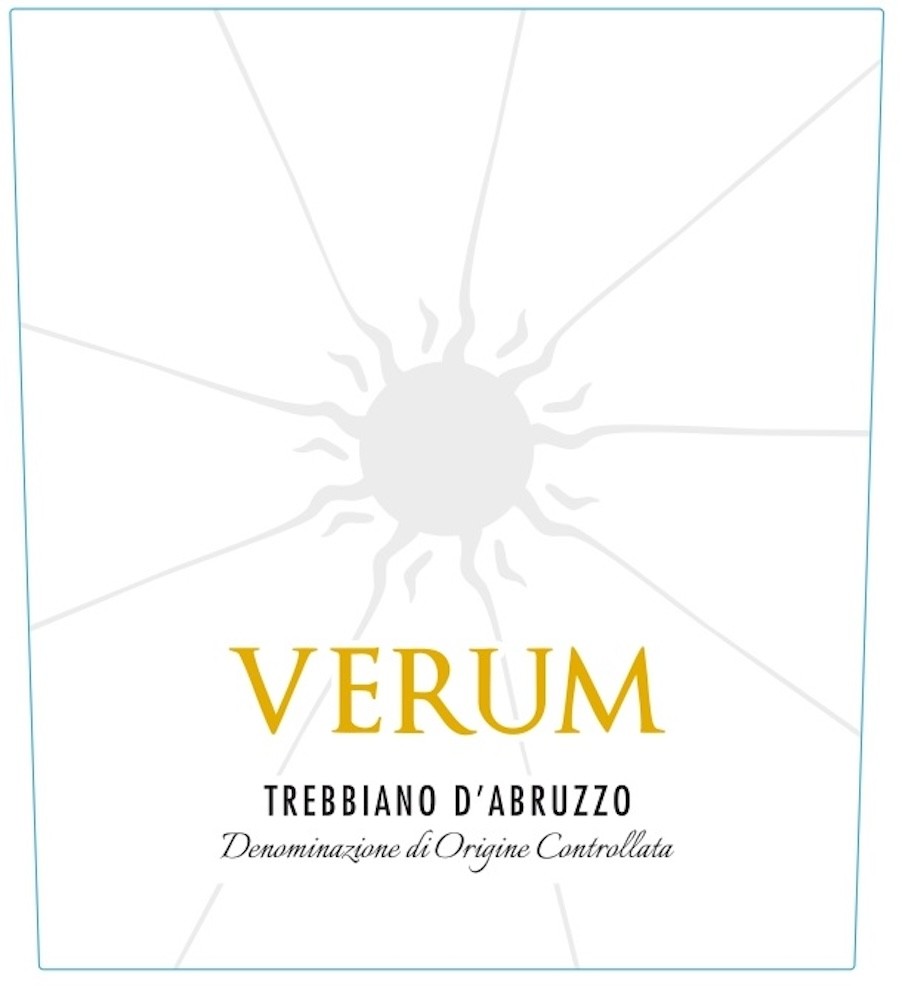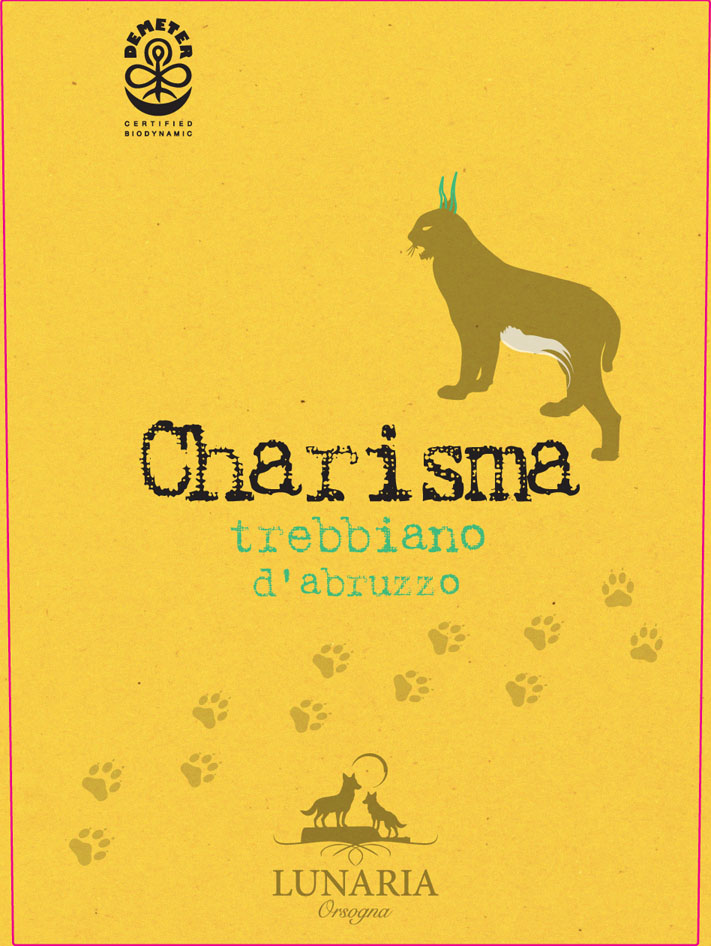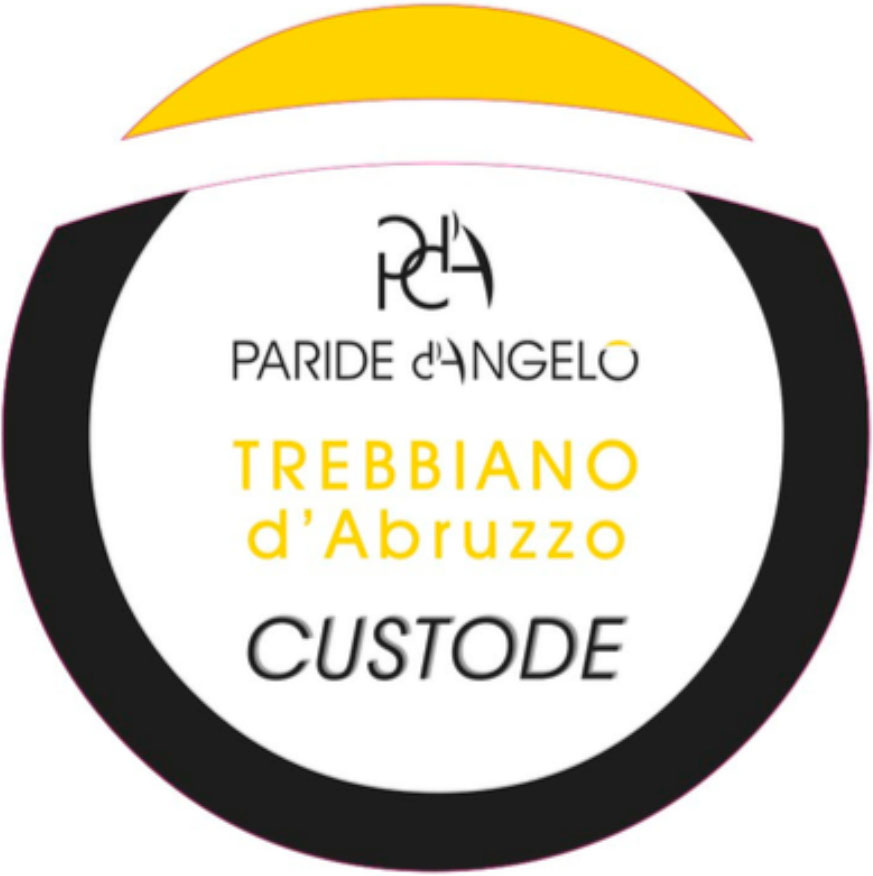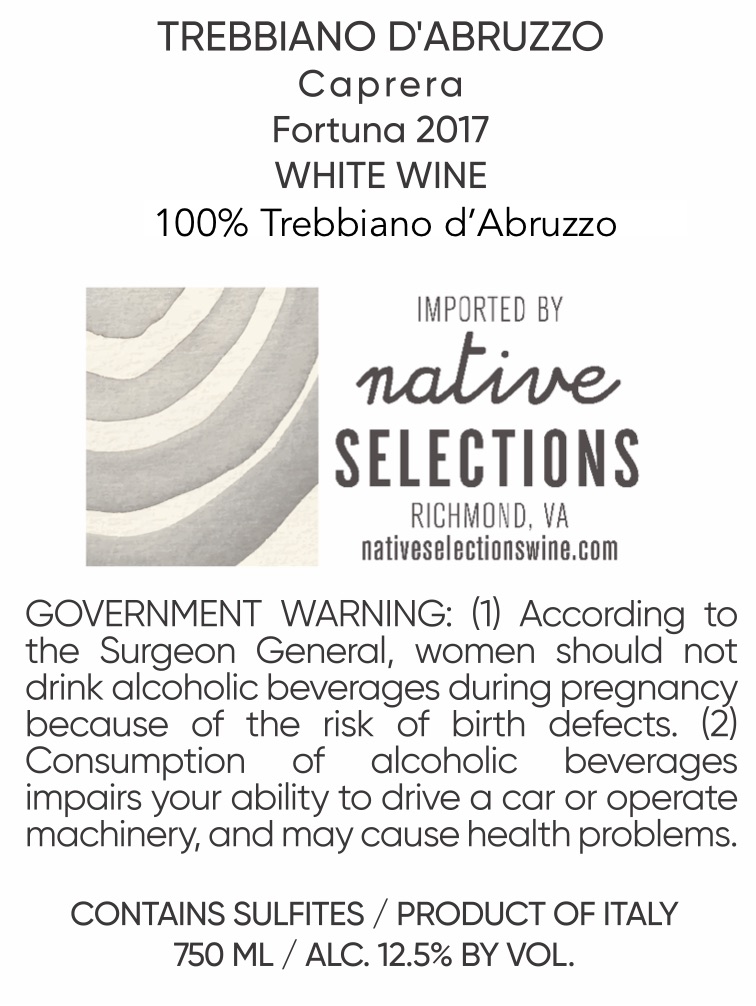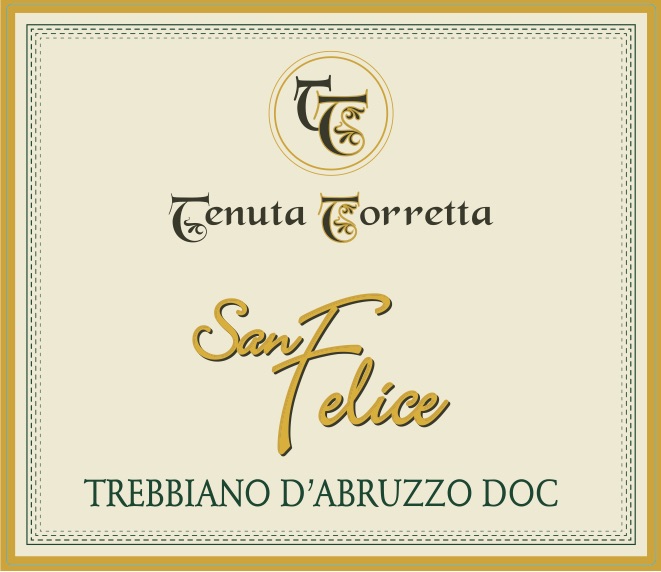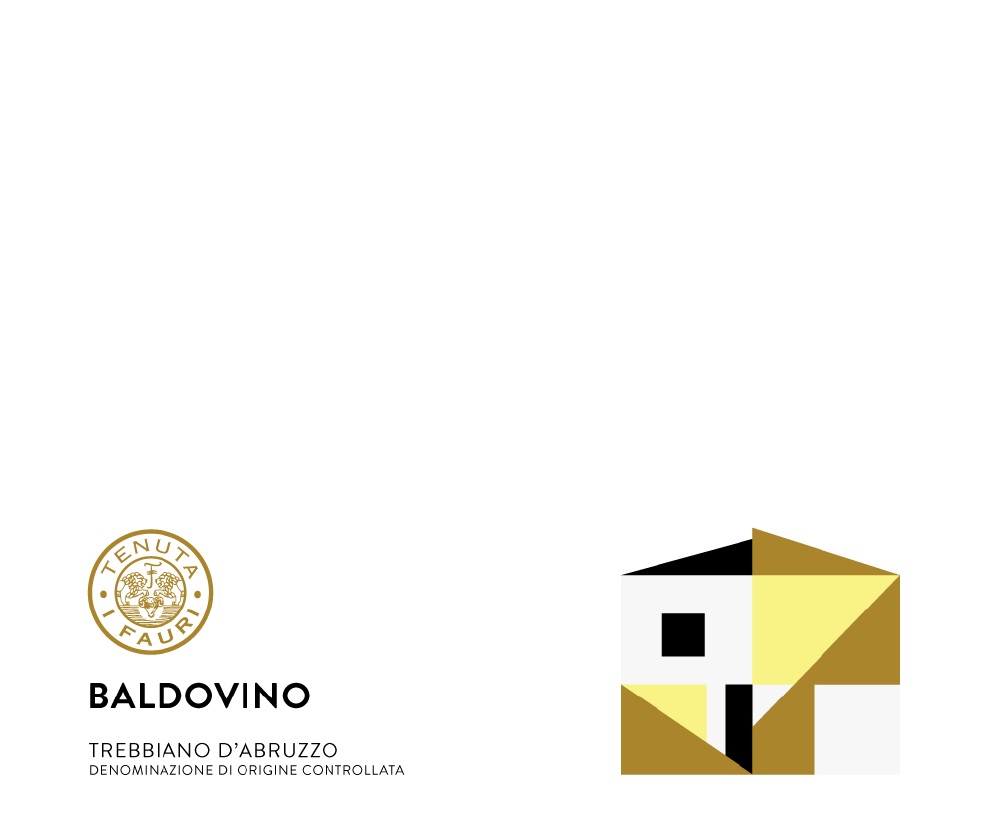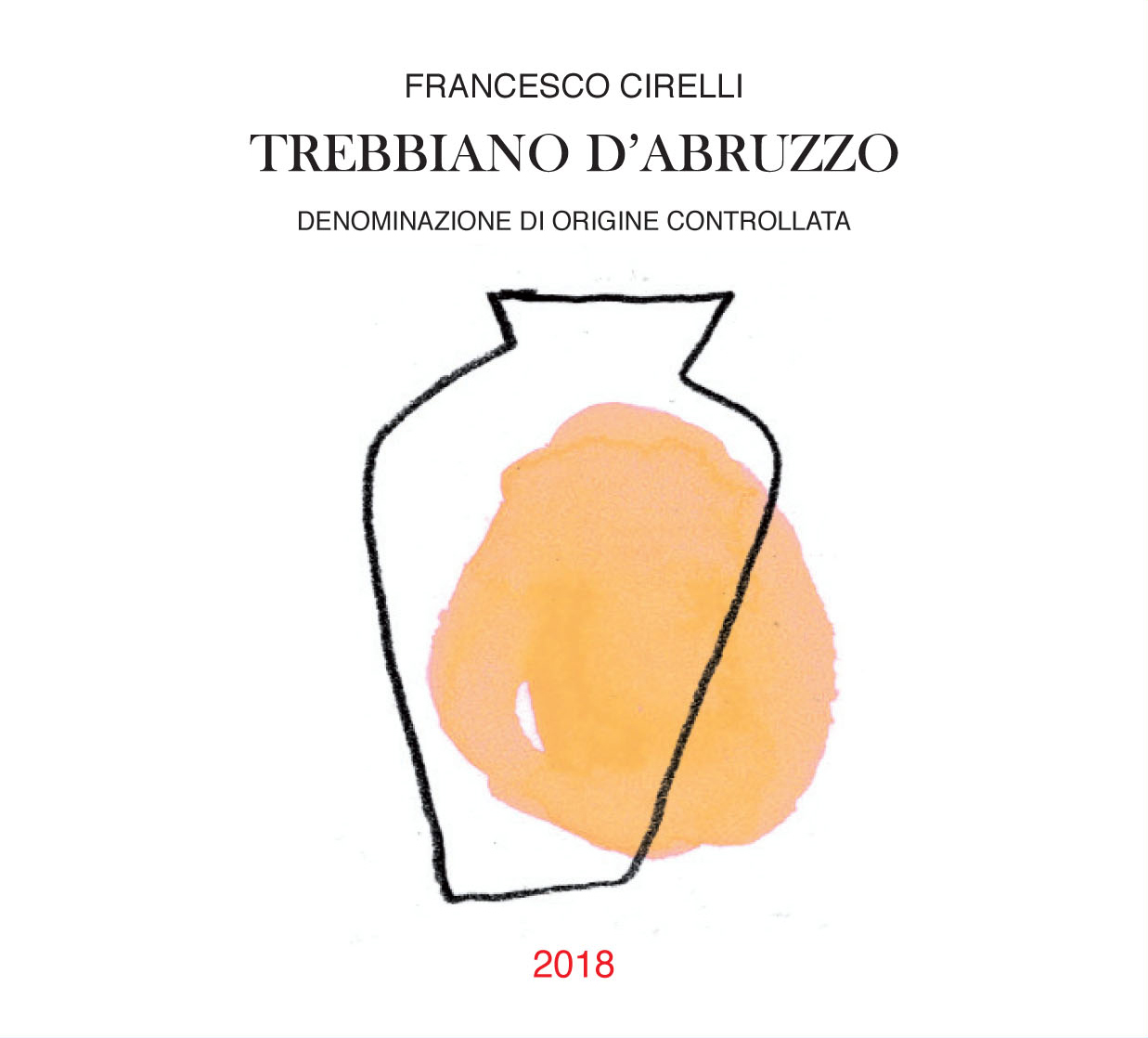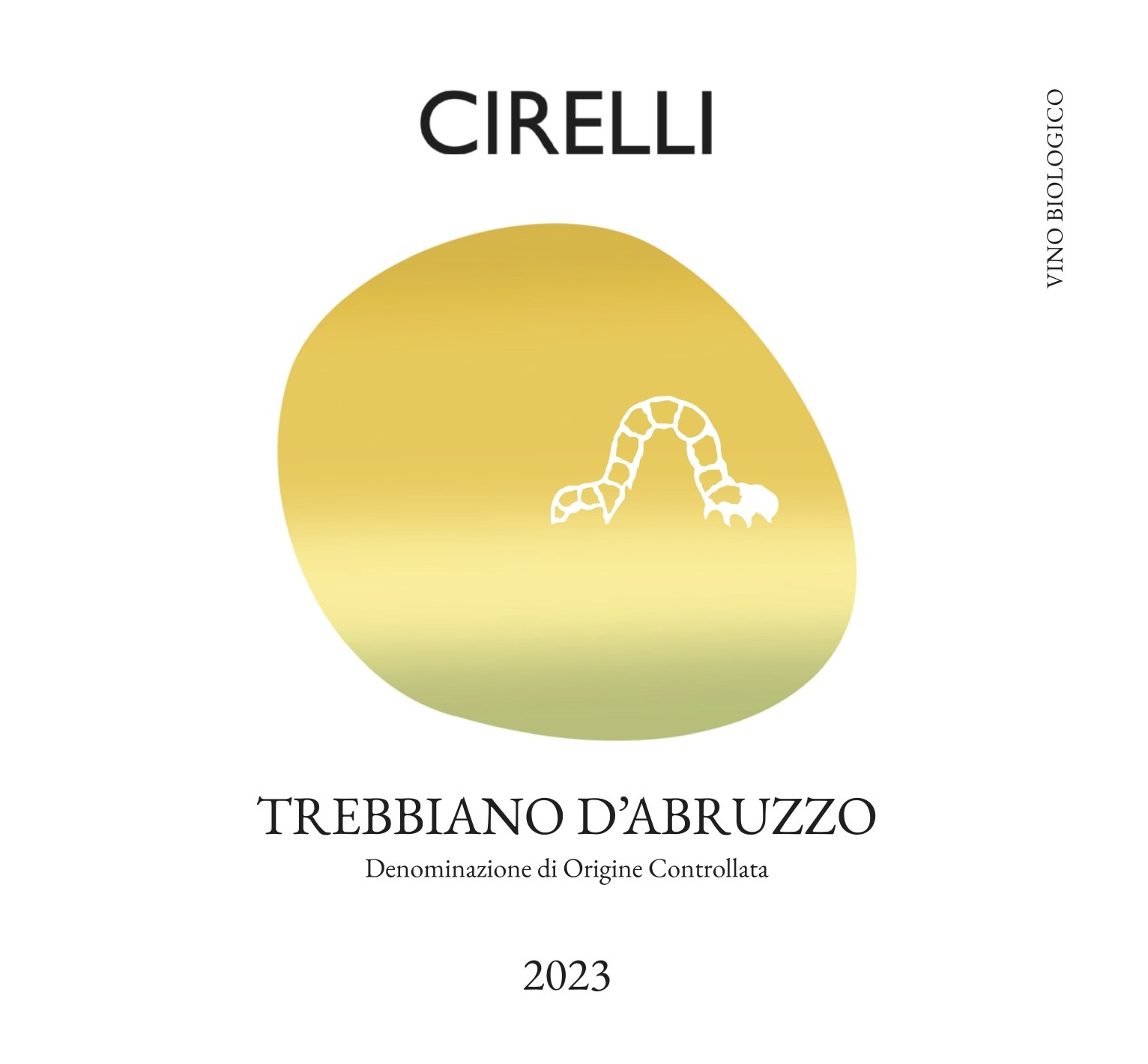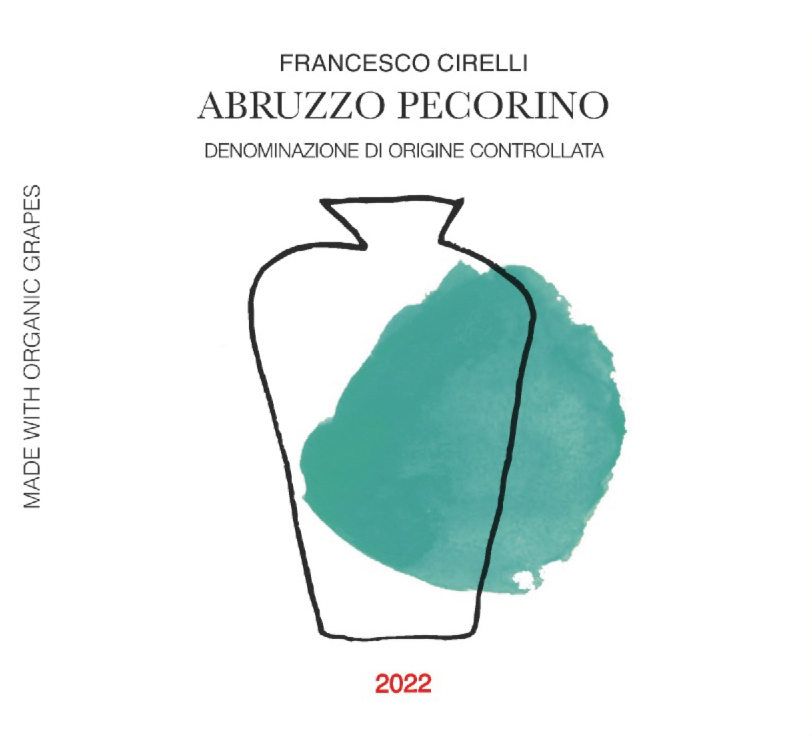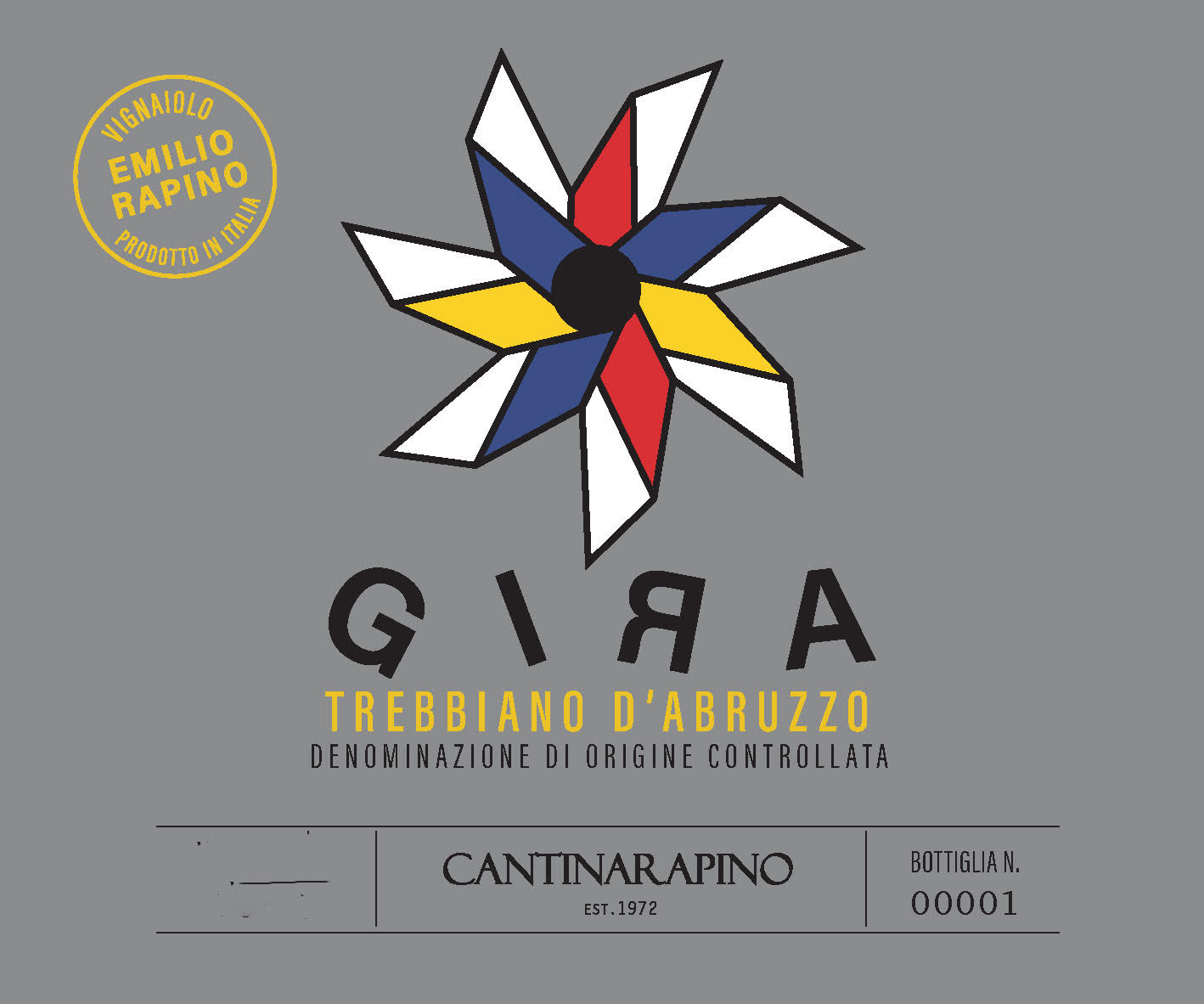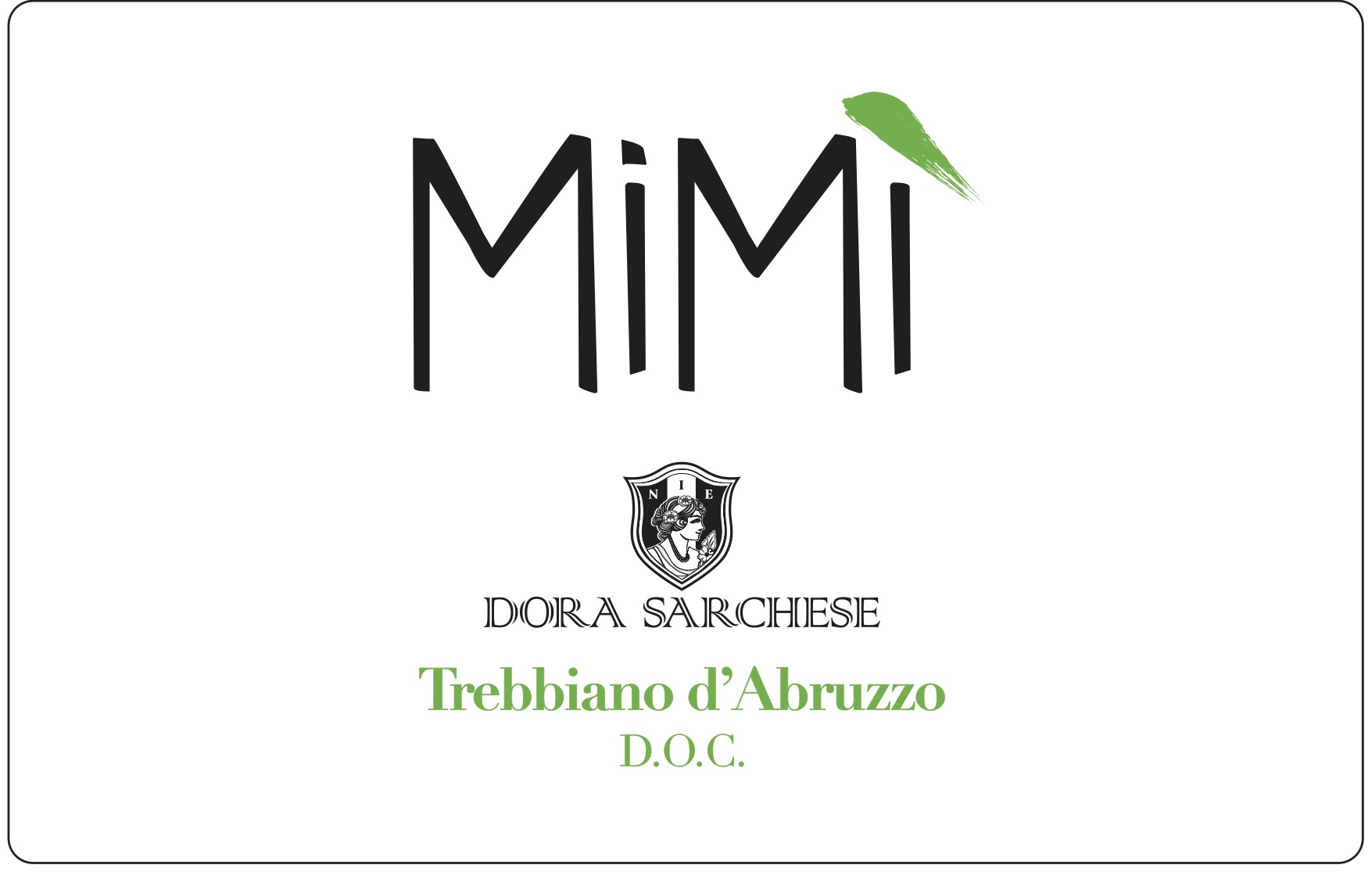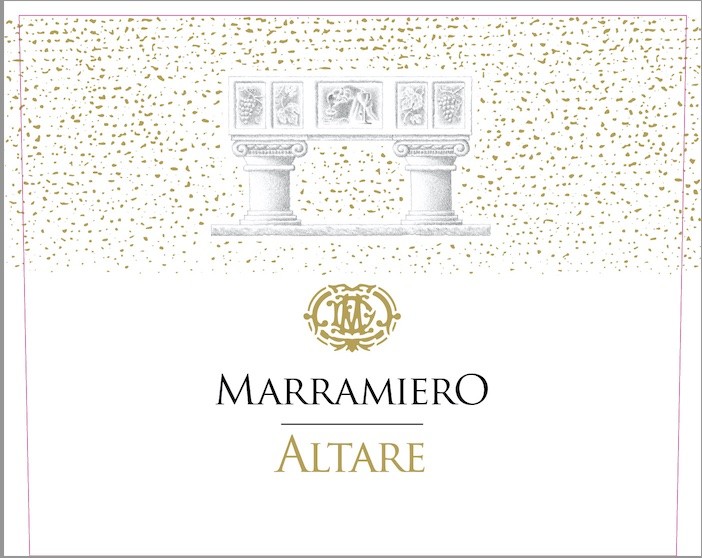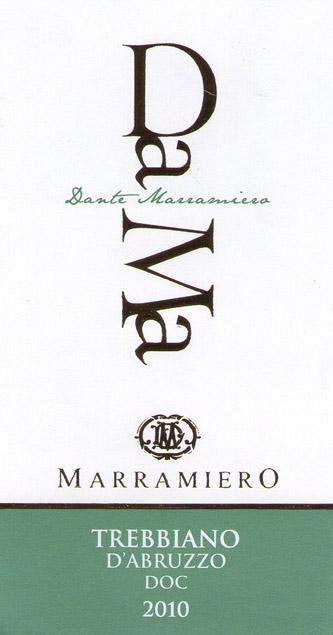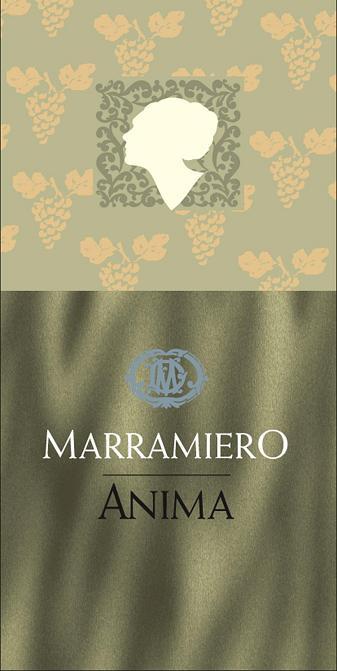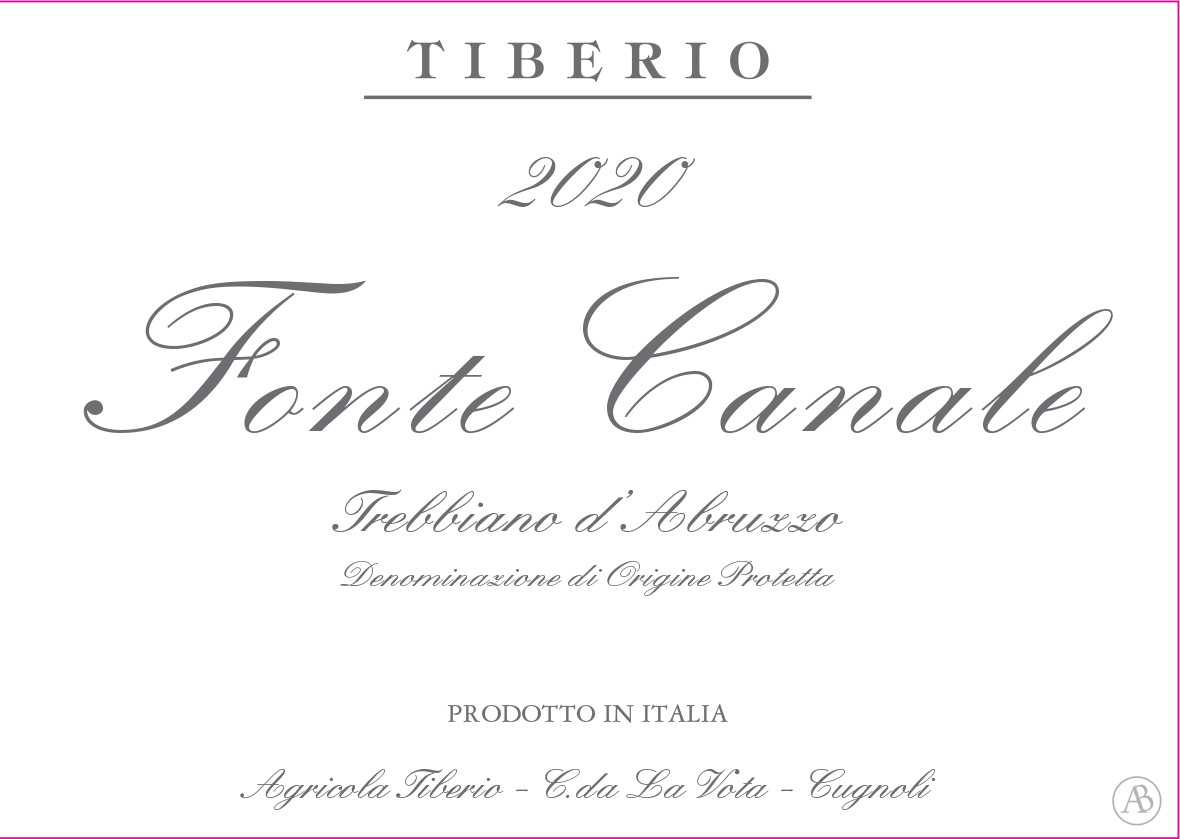Terroir of Montepulciano
The vineyards of Montepulciano thrive on south and southeast-facing slopes, situated at elevations between 250 to 600 meters. These ancient seabed soils, layered with clay, sand, silt, limestone, and marl, provide excellent drainage and support balanced water and acidity management, crafting wines that are both structured and refined.
Montepulciano enjoys a temperate Mediterranean climate with continental influences. Warm, sunny summers are tempered by elevation and hillside breezes, while cool winters often bring fog, allowing vines to rest. The significant diurnal temperature variation helps preserve acidity and color. With around 700 mm of annual rainfall, primarily in spring and autumn, the drier summer months reduce disease risk and enhance flavor concentration. Nearby lakes and breezes moderate temperatures, promoting a slow, balanced growing season. These conditions combine to create wines celebrated for their elegance and longevity.
Notable Wineries in Montepulciano
The charming region of Montepulciano is home to some of Italy’s most notable wineries, blending tradition with innovation. Here are a few standouts:
-
Avignonesi: This pioneering estate is known for its organic and biodynamic Vino Nobile and Rosso di Montepulciano wines, showcasing a true expression of the terroir.
-
Salcheto: A leader in sustainability, this winery employs energy-efficient designs powered by solar energy, producing vibrant wines with zesty acidity.
-
Podere della Bruciata: Dedicated to organic practices, their Sangiovese wines are celebrated for rich flavors of dark cherry and violet.
-
Fattoria Boscarelli: A family-owned estate known for elegant, age-worthy Sangiovese wines, including long-aged Riservas.
-
Cantina Gattavecchi: A historic winery offering atmospheric cellar tours and a variety of Vino Nobile and Rosso di Montepulciano.
Sustainable Winemaking in Montepulciano
In Montepulciano, sustainability is woven into the fabric of winemaking. The region embraces organic and biodynamic farming, with a strong focus on eco-certification. Vineyards frequently employ cover crops and careful soil management, reducing reliance on water through limited irrigation. Low-intervention winemaking uses native yeasts, preserving the natural expression of the grapes.
Leading the change, Salcheto sets a high standard with its solar-powered, energy-efficient systems, championing carbon-neutral production. Both cooperatives and family estates are increasingly utilizing organic pest controls and recycling resources. Educational programs and consumer interest fuel these eco-friendly endeavors, ensuring the preservation of Montepulciano's vineyards for future generations, while blending historical practices with modern sustainability.
Wine Tourism in Montepulciano
Montepulciano offers an immersive wine tourism journey, blending cultural exploration with vinous discovery. The town's heart, Piazza Grande, is flanked by Renaissance architecture, wine bars, and enotecas.
Esteemed estates like Avignonesi and Salcheto open their vineyards and cellars for tours and tastings, highlighting the region's commitment to organic and sustainable practices. Visitors can stay in agriturismos or boutique hotels, savoring Tuscan cuisine paired with Vino Nobile.
The landscape invites outdoor enthusiasts to hike or bike through scenic vineyard trails connecting Montepulciano to nearby wine villages. Events like the Consorzio's Anteprima and Bravio delle Botti celebrate the area's rich wine heritage. Throughout the year, wine tastings can be paired with visits to nearby hot springs or drives through Tuscany's rolling hills, making Montepulciano a compelling destination for wine lovers and cultural explorers alike.
